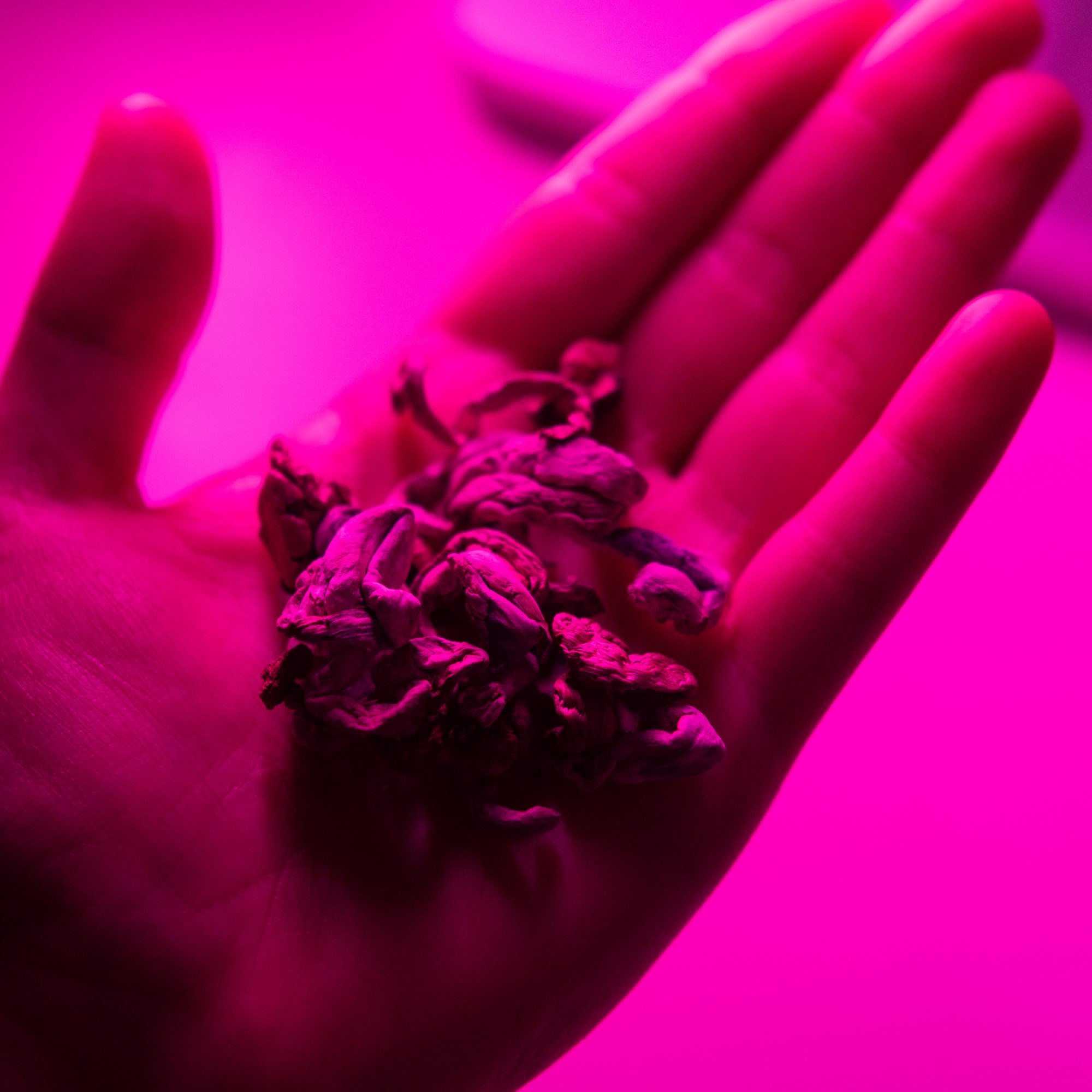One sunny afternoon, as I was sifting through my recent batch of photos, a question began to gnaw at my conscience. ‘How far is too far when it comes to editing?’ And just like that, yet another day in front of the computer turned into a soul-searching endeavor. I mean, have you ever found yourself caught in the tug-of-war between enhancing aesthetics and maintaining authenticity?
It’s a startling statistic that up to 68% of adults don’t realize that they’re regularly exposed to overly-edited images. As a photography enthusiast, you’ve probably experienced the lure of the ‘edit’ button, the tempting assortment of filters and effects that promise to transform your ‘good’ photo into a ‘great’ one. It’s a slippery slope that could lead us into murky ethical waters, and that’s exactly what we’re going to address in this article.
The Fine Line: Artistry and Authenticity
The debate has raged on for as long as photography has existed – ‘how much editing is too much?’ The line between an artistic interpretation and a misrepresentation of reality is often blurred. Like a friend of mine once amusingly said, ‘Sometimes, it’s like putting lipstick on a pig.’
Over-editing can become a gateway to ethical issues, especially when it starts altering reality. It’s something we’ve delved into with ethics street portraiture photography, but this slippery slope is present in all types of photography.
When Editing Becomes a Breach of Trust
Consider the case of a nature photographer who digitally removes a soda can from an otherwise pristine scene. While some might argue that it’s a harmless tweak that boosts the aesthetics, others might see it as a distortion of reality, a breach of an unspoken pact between the viewer and the photographer. Suddenly, we’re knee-deep in an ethical quagmire.
Standing on the shaky ground of ‘creative license’, it’s easy to forget that with great power (read Photoshop) comes great responsibility. Remember that odd, uneasy feeling when you spotted a grossly edited picture? ‘That sky can’t possibly be that blue, can it?’ Or ‘No way she doesn’t have a single wrinkle at that age!’
In a world saturated with images, maintaining trust with your audience is crucial. Over-editing not only risks betraying that trust, but it also can rob photos of their depth and authenticity, leaving them feeling flat and lifeless.
The Domino Effect of Over-Editing
On a broader scale, the impact of over-editing extends beyond the realm of photography. It feeds into the unrealistic standards of beauty and perfection that flood our social media feeds, leading to a host of societal issues. The pressure to portray ‘perfect’ images can be immense, and the line between enhancement and deception can quickly become blurred.
Finding a Middle Ground
So, where do we draw the line? The tricky part is that there isn’t a one-size-fits-all answer to this. The key lies in finding a balance where editing enhances rather than transforms. A little post-processing is part of the photographic process, but crossing the line into deception is a path best avoided.
‘But it’s my artistic expression,’ you might argue. And you would be right. However, transparency is key here. If an image has been significantly manipulated, disclosing this fact helps maintain trust with your audience. It’s not about stifling creativity; it’s about nurturing an ethical photographic practice.
Keeping it Real
At the end of the day, our objective should be to create images that resonate, that tell a story, that trigger an emotional response. Over-edited images often lose their soul in the pursuit of ‘perfection’. So let’s strive for authenticity, for real moments, for genuine connections. After all, isn’t that what photography is all about?
So what’s your take on this? How do you balance artistry and authenticity in your own work?


0 Comment